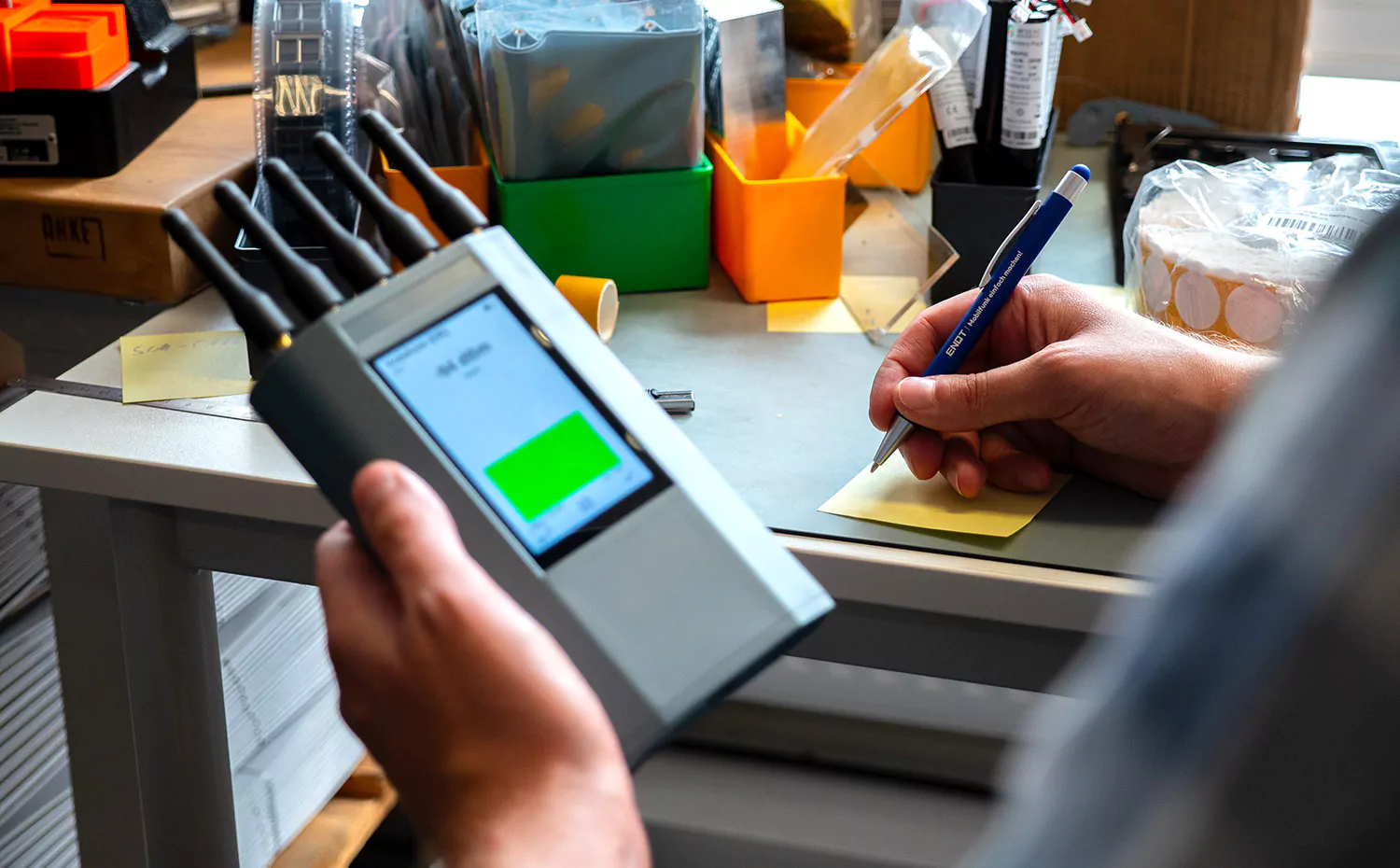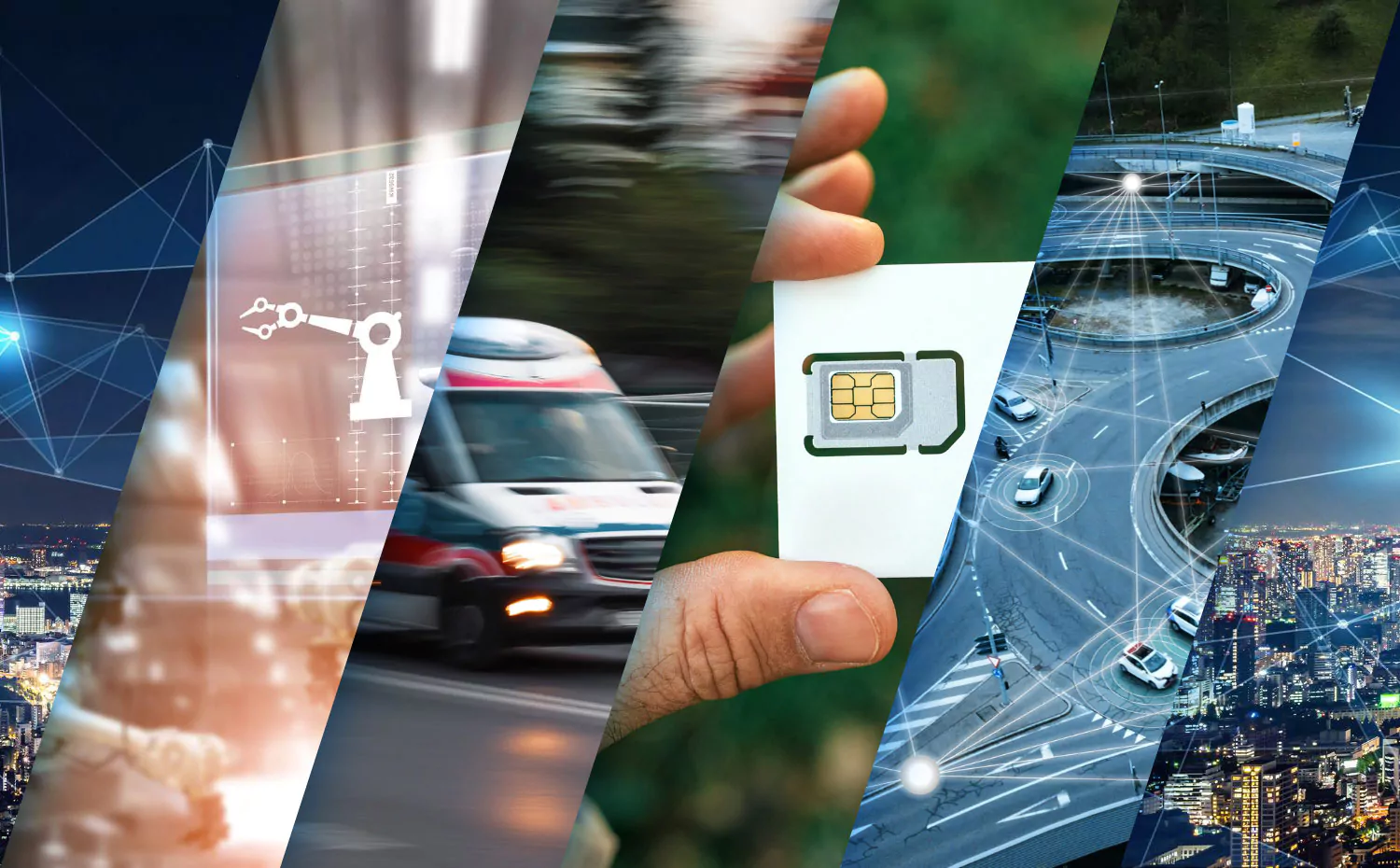This includes the wireless meter bus (wM-bus), which enables the central reading of all consumption data almost in real time. This is a field bus, i.e. a technology that connects field devices such as metering sensors with automation devices. A detailed explanation of how wireless M-Bus works can be found here. The following article discusses the use of transmission technology in the energy industry, especially for submetering.
Requirements of consumption data acquisition for transmission systems
The collection of consumption data in the energy industry places special requirements on the technologies used. A large number of devices usually have to be interconnected, and often over comparatively long distances.
Since the data collected is used, among other things, for billing purposes, it is essential that both the collection and the transmission of the data can be guaranteed to be reliable and error-free at all times. The transmission systems used must therefore not be susceptible to external interference.
Since the amount of information per transmission is usually quite small, a low transmission speed is sufficient. In addition, installation and operation should be as inexpensive as possible and not complex.
Application focus on submetering
One of the main applications of wireless M-Bus technology is in the housing industry. Landlords or owners can determine the individual consumption of each tenant of water, gas, or electricity. This is especially used in large buildings with several residential units, such as student dormitories or even office complexes.
This type of consumption data collection is called “submetering” because there is no direct business relationship between the end customers and the utility: For example, the homeowner purchases water from utilities and is also charged for it (metering). These costs are then passed on to the tenants through submetering depending on individual consumption, who only have a direct business relationship with the landlord.
In addition to this method of recording actual consumption per household, the term submetering can also refer to the determination of the proportional consumption of individual devices and applications, such as a refrigerator or outdoor lighting.
In addition to classic smart metering applications for recording electricity or water consumption, the wM bus is already frequently used today, especially for digital heating cost billing. Here, the transmission technology enables seamless recording of all consumption data, which is essential for correct billing.
The transmission of consumption data via wireless M-Bus meets the above requirements and offers a reliable and secure connection of many devices at comparatively low cost. How exactly the functionality of wireless M-Bus ensures this, you can read in this article. In addition to other classic mobile radio-based transmission standards, M-Bus also enjoys great popularity in the energy industry due to this compatibility with the requirements.



